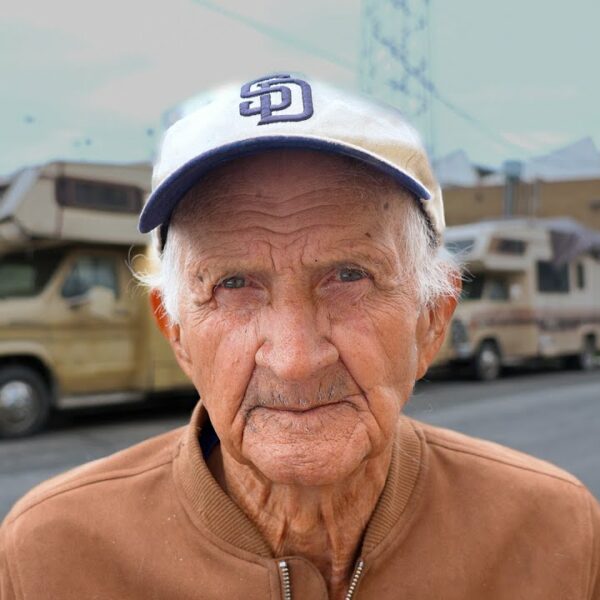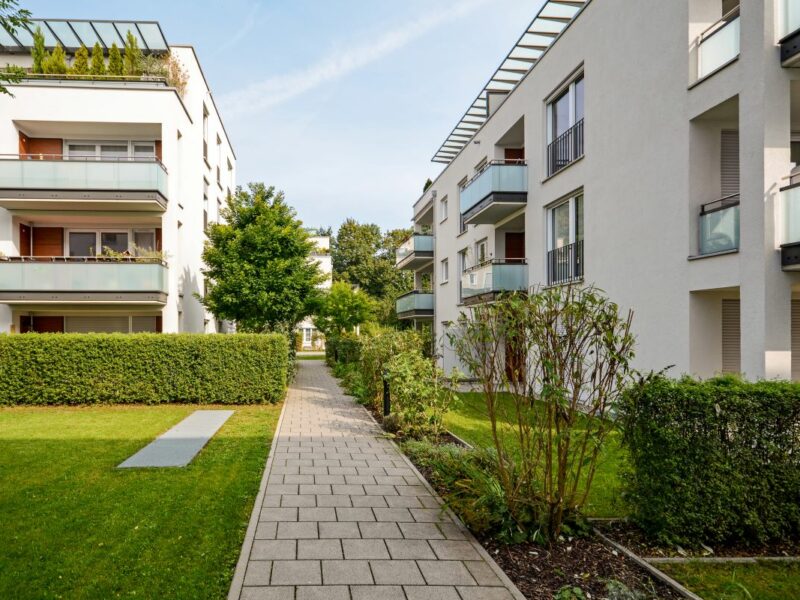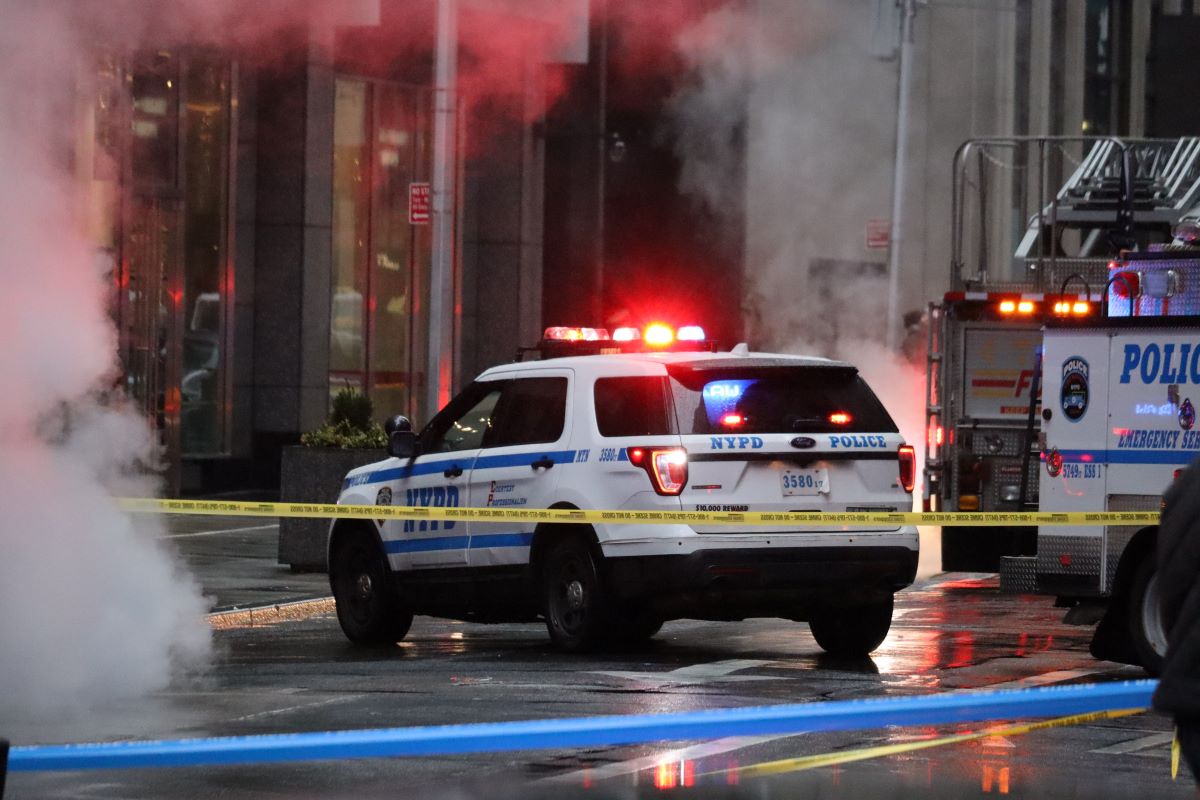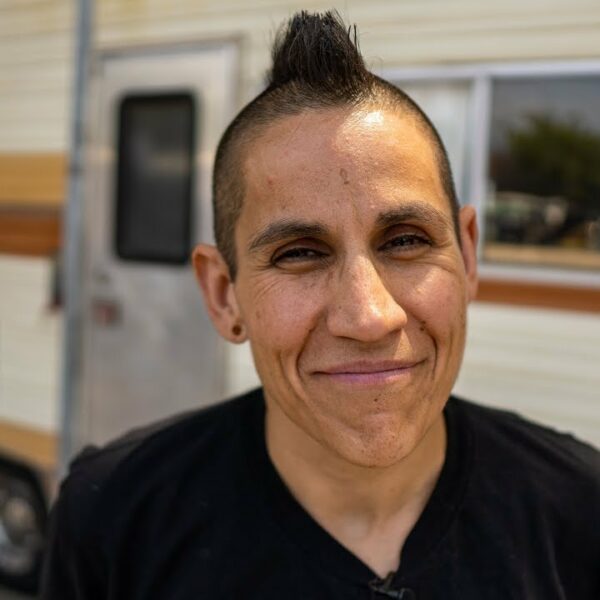Many Use Fear of Violence as an Excuse Not to Interact with Homeless People, But the Real Victims Don’t Have That Luxury
How often have you seen a parent walking down a street with a child, only hurry them along or even cross to the other side of the street when they see a homeless person ahead?
Or perhaps you’ve heard someone say how they never even look in the direction of homeless people on the street for fear of some unspecified violence, or worse – being asked for money.
It’s only natural to want to protect yourself from a group of people who statistically pose an elevated risk of violence.
Unfortunately, while housed people have walls and locked doors to protect them from any threat imaginable, the real victims – unhoused people – have nowhere to hide from their aggressors. , who are disproportionately housed themselves.
Cruelty and Sport
For decades, violent people have seen unhoused people as easy targets. They were often vulnerable, unsupported, and powerless to defend themselves legally against violent crimes. Now, that sentiment has shifted a bit.
Attitudes toward unhoused people have so soured that now some see their unhoused neighbors as worthless, burdensome, and deserving of whatever treatment they receive.
That change might seem subtle. However, it’s the difference between choosing a homeless target for a crime you already intended to commit and seeing homeless people and deciding to commit a crime against them.
And the numbers are rising.
A Look at the Numbers
Unhoused people become the victims of all types of violent crimes at much, much higher rates than their housed counterparts.
One study focusing on homeless women in San Francisco found the following stats in the six months before the study:
- 48% of participants had experienced physical violence without a weapon involved
- 18% had experienced physical violence with a weapon involved
- 18% had experienced sexual violence
Remember, this is just what had happened to these women in the past six months.
Another study looked at violence in the past 12 months and found that 1 in 3 cisgender women, 1 in 4 cisgender men, and slightly more than 1 in 3 transgender people had experienced physical or sexual violence within the past year.
A longer-term study followed participants for years and found that the violence only continued. After controlling for any other risk factors, homeless adults over 50 years old were at a high risk of victimization. Most damning of all, when participants in this study became housed, their risk of being attacked dropped by half.
To put this into perspective, the percentage of the general population that reports being the victim of a violent crime within the past year fluctuates between 1 and 3 percent.
Hate Crimes Against the Homeless?
Because of these alarming numbers and the shift in attitudes discussed previously, some advocates are campaigning for housing status to be added as a factor indicative of a possible hate crime.
If they were to be successful in this campaign, the protected status would grant homeless people some measure of protection. It would make them less of an easy target. The protected status would also draw attention to the largely ignored but alarming statistics on violence against homeless people.
At the very least, it would mark an understanding that these crimes aren’t just random acts of violence- there’s something deeper at play that needs to be addressed.
With this change in place, homelessness would also be the protected class with the greatest number of reported fatal attacks. From 1999 to 2014, three times as many homeless people have died due to bias-motivated attacks than all of the currently protected classes combined.
How Did We Get Here?
In some cases, this increasing violence against houseless people results from NIMBYism on steroids. We’ve had decades of people throwing compassion out the window in favor of criminalizing, ostracizing, and othering anyone who didn’t have the resources to maintain housing even as it rose in price dramatically.
Quickly, motivation to get people off the street and into safe housing languished. It turned into motivation to get people off the street and out of sight. Instead of greenlighting solutions to neighborhood problems, NIMBYs ensure the problem continued, only somewhere else. The message this sends is clear:
“The lives of homeless people don’t matter, and this place is better without them.”
Looking back, it’s pretty surreal to see how widespread this inhumane, Scrooge-like mentality has become. But it’s now a self-fulfilling cycle.
Housed people are uncomfortable with unhoused people because of their misguided perceptions of them as immoral or unsafe. Because of that discomfort, they never talk to their unhoused neighbors and strongly oppose any shelters or affordable housing options being built anywhere near them. So, their misguided perceptions remain uncorrected.
Then, they take it a step further and call upon their local representatives to criminalize homelessness. They make it so that anyone engaging in life-sustaining activities like eating or sleeping in public can be whisked away by the police. Of course, when you make being homeless a criminal act, you make all homeless people criminals. In some people’s minds, that justifies any type of horrible treatment, including violence.
It’s scary to see how fast things like this can snowball. But that also means that your small acts of defiance can make a significant change.
Challenge misperceptions of unhoused people as scary and violent wherever you find them – whether in conversation with friends and family, in a new law proposed by your city, or even within yourself. Try to reconnect people with their compassion for their fellow human beings. Remind them of the consequences that come from this type of thinking.
Ask your legislators to campaign for improved conditions for your unhoused neighbors more directly. If you’re unsure what to ask for, listen to your community’s unhoused people and amplify that message. They’ll know best what will help them most!













